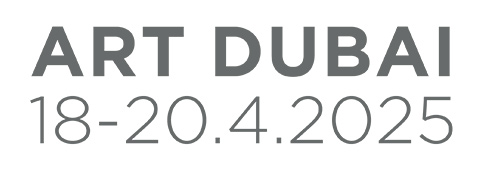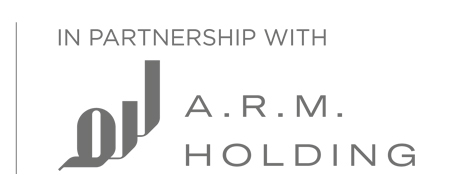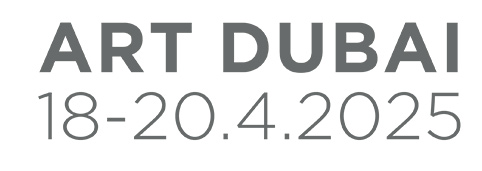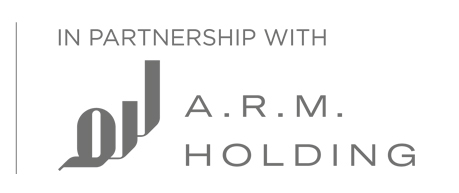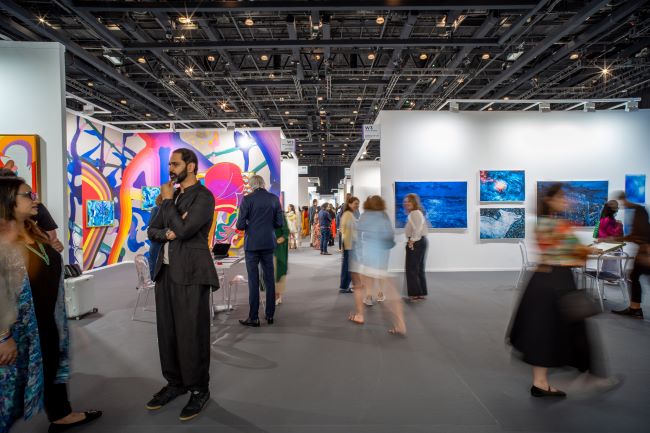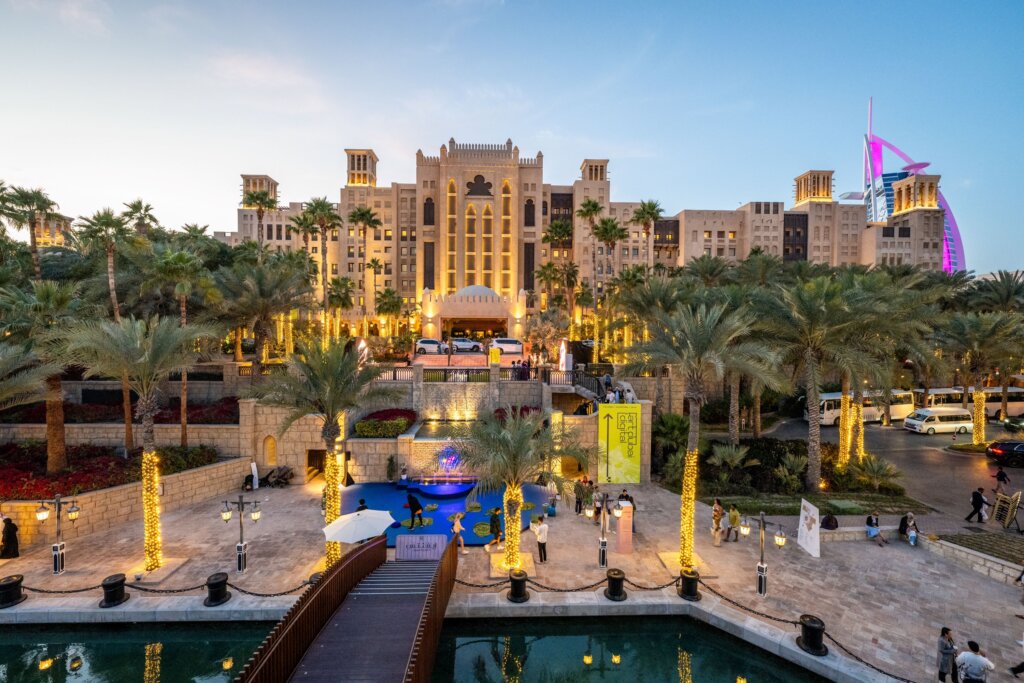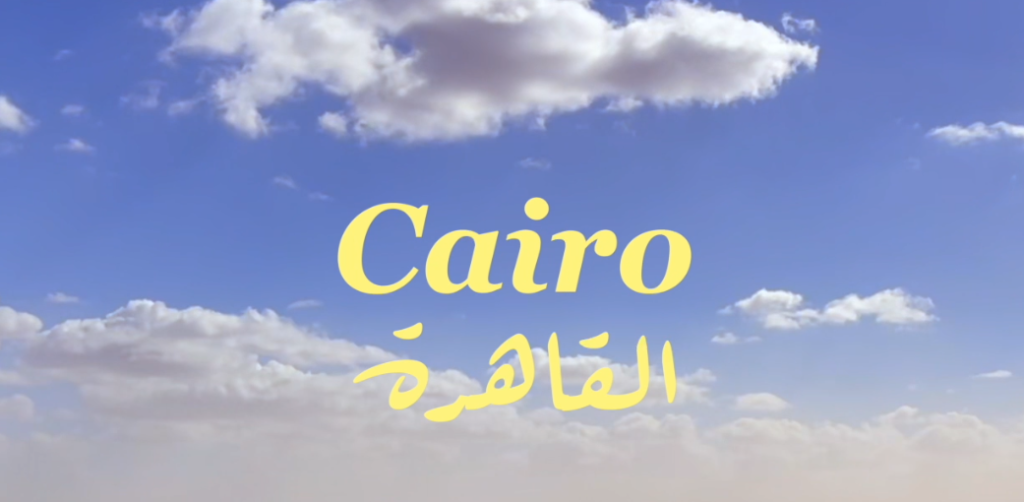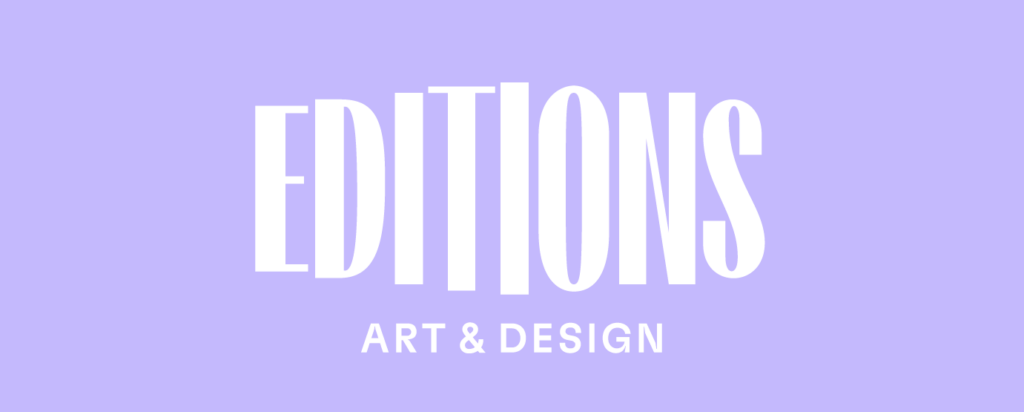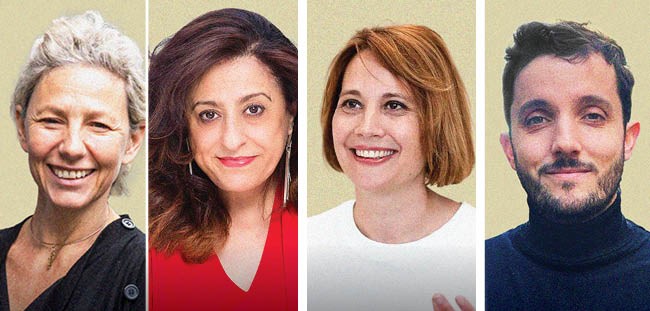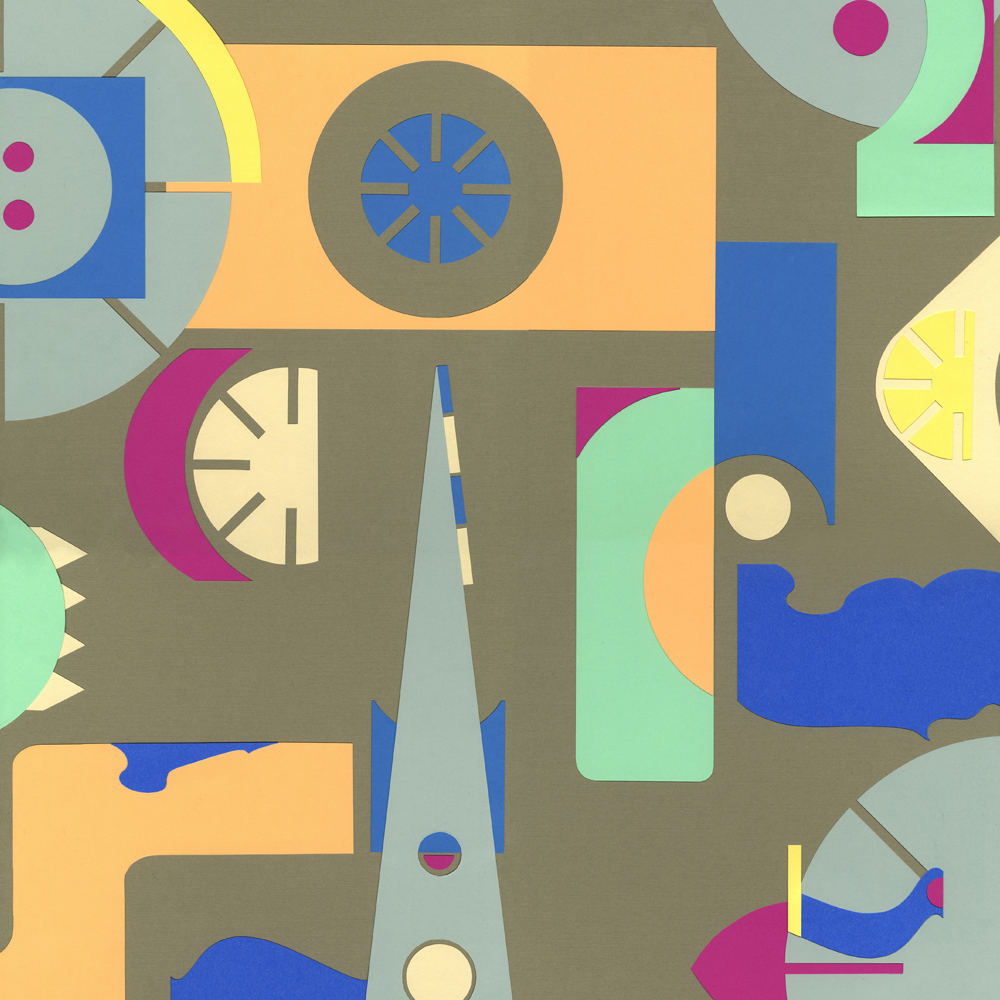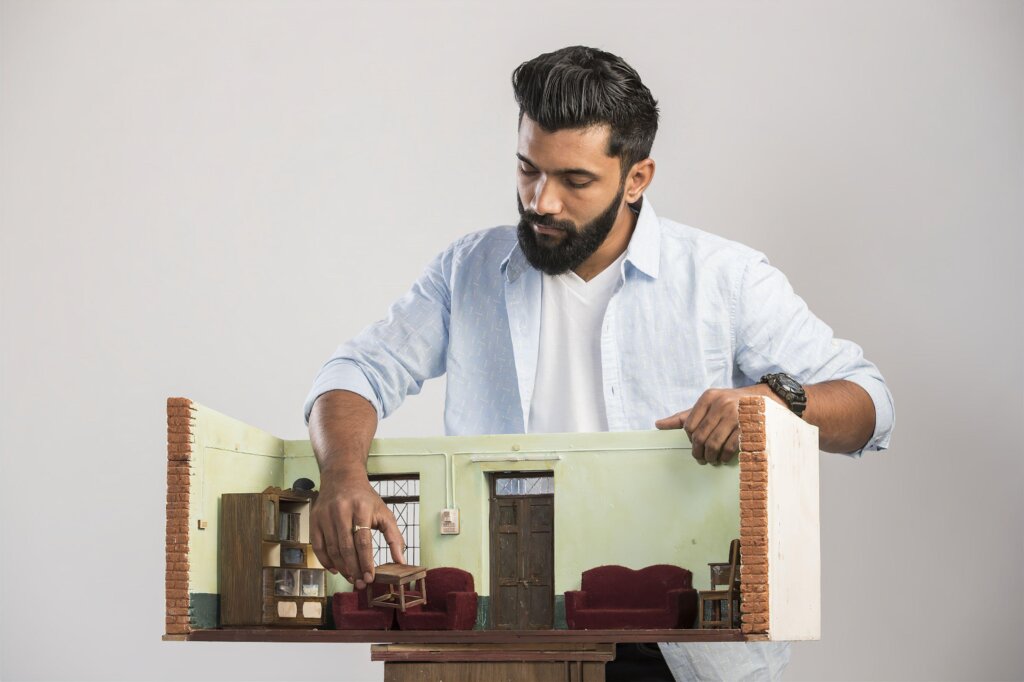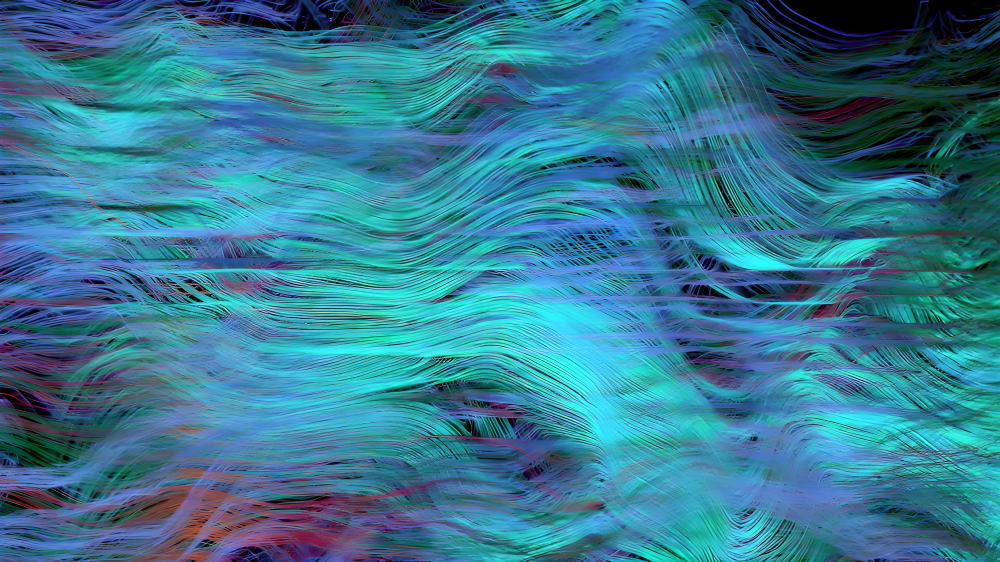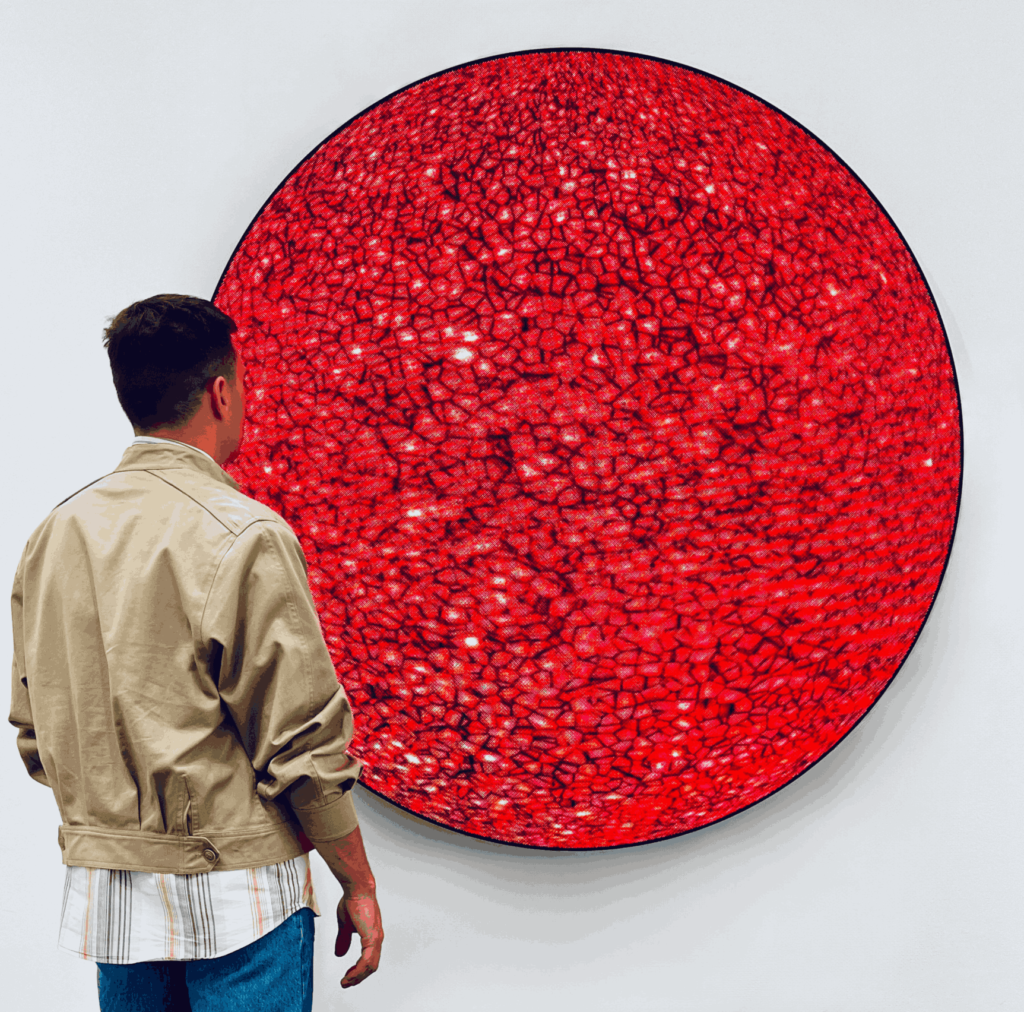The Abraaj Group Art Prize will celebrate its 10th anniversary at Art Dubai 2018. To mark the occasion, Art Dubai spoke to Basma AlSharif, a shortlisted winner for the 2018 edition of the prize, about her work, her thoughts on winning the prize, and what she’s most looking forward to this year.
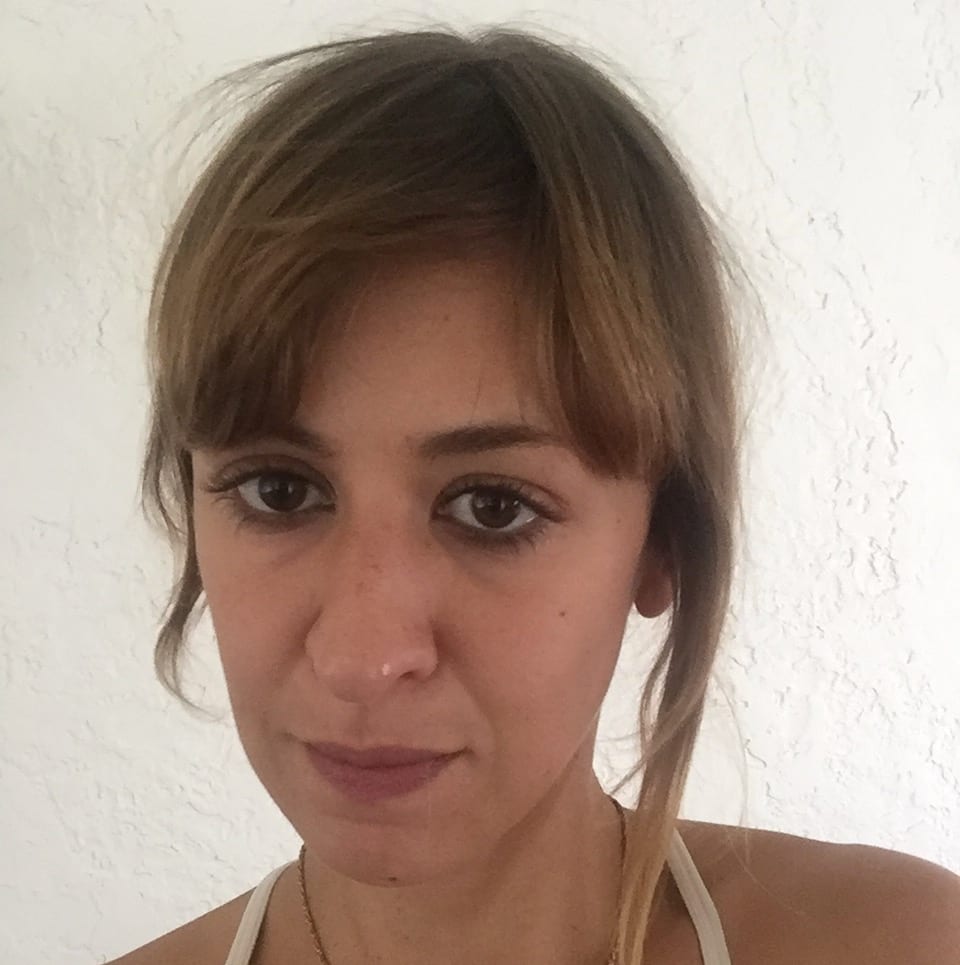
Basma Alsharif. Courtesy the Artist
Basma Alsharif is an Artist/Filmmaker born in Kuwait of Palestinian origin, raised between France, the US and the Gaza Strip. She has a BFA and an MFA from the University of Illinois at Chicago. Basma developed her practice nomadically and works between cinema and installation, centering on the human condition in relation to shifting geopolitical landscapes and natural environments.
Q: Congratulations on being shortlisted for this year’s Abraaj Group Art Prize. What does this award mean to you and your career? Has your work been displayed during previous editions of the fair?
Being on the shortlist means being able to survive as an artist and being exhibited in a show that identifies Arab artists. My gallerist, who I have the great luck and pleasure to work with, Imane Farès, has exhibited my work as part of the fair.
Q: You have previously described yourself as an artist who is “interested in what cannot ever be proven or explained.” Can you elaborate by touching upon certain themes you have explored through your work?
It was a statement against fact and history, which has done nothing to prevent trauma in the present in the case of the occupation of Palestine. So my interest is in what cannot be proven or explained. My work has centred around representation and how it influences how we think and see and feel, with a deep interest in the mysteries of the human condition. How we understand ourselves in the world, in relation to nature, political landscapes, and irreconcilable histories.
Q: Do you feel that through your art you are able to better explain the unexplainable or prove the unprovable?
The exact opposite. I want to un-explain, to confuse, to make un-certain what we think we know. To make “the entire world a foreign land” to quote Edward Said’s essay on Mona Hatoum’s work.
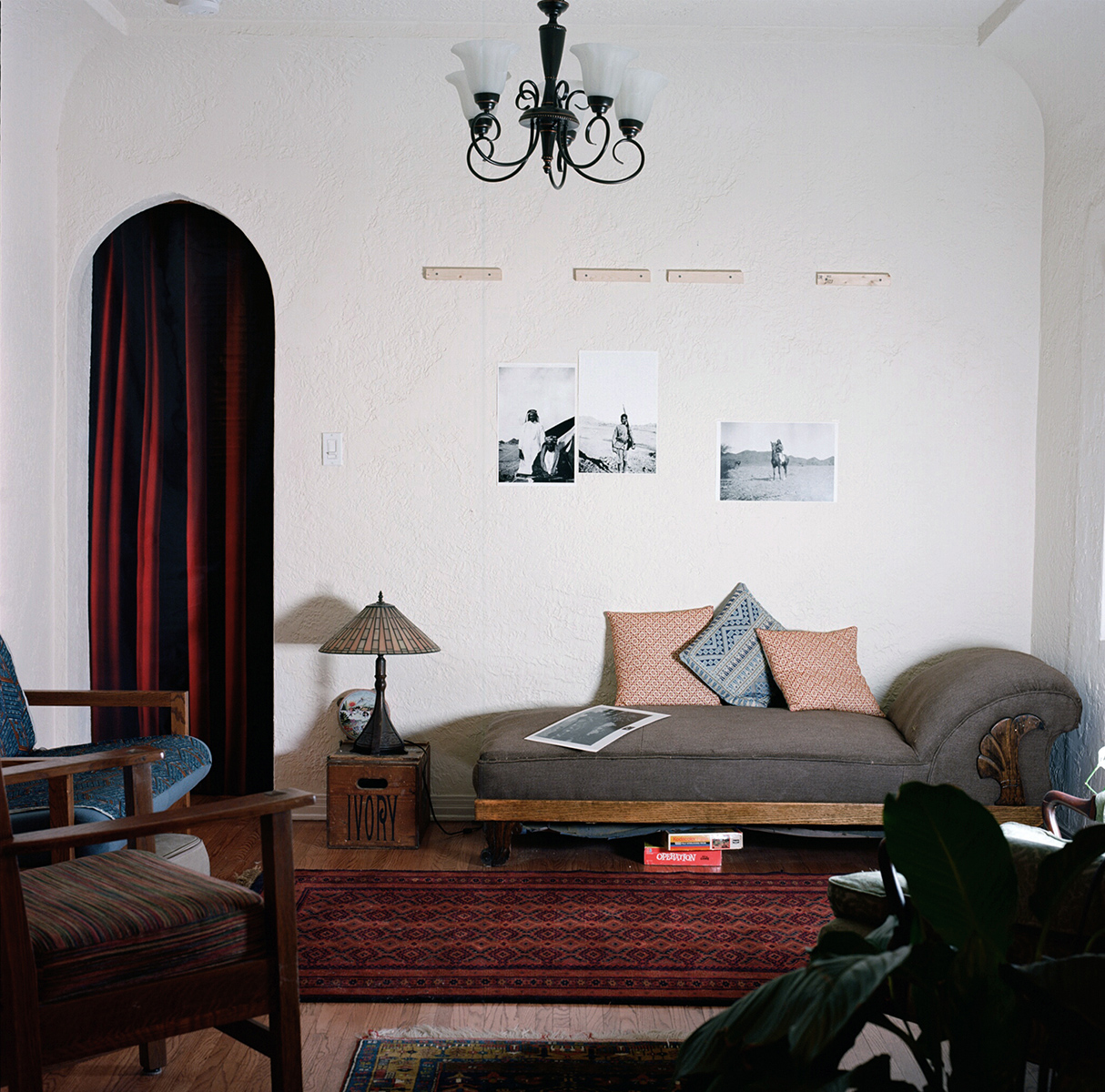
Basma Alsharif, Trompe l’Oeil, 2016, Photography. Courtesy the Artist and Galerie Imane Fares
Q: Looking at some of your works that partly deal with colonialism, you have used a number of early 20th-century photographs by the British Arabist T.E. Lawrence (Lawrence of Arabia) to reconstruct a modern day setting for your 2016 installation Trompe l’Oeil? What was the concept you had in mind for this?
The work is less about colonialism and more about who has the right to make and reproduce images. I decided to illegally reproduce one of T.E. Lawrence’s images that was not free of its copyrights and belongs to the Imperial War Museum, because I don’t agree with the fact that just because you are a white man with a camera and privilege, you can take pictures of whatever you want. It’s also about the dark histories in the Arab world’s past of participating in the slave trade and how we live with the ghosts of these pasts in the present.
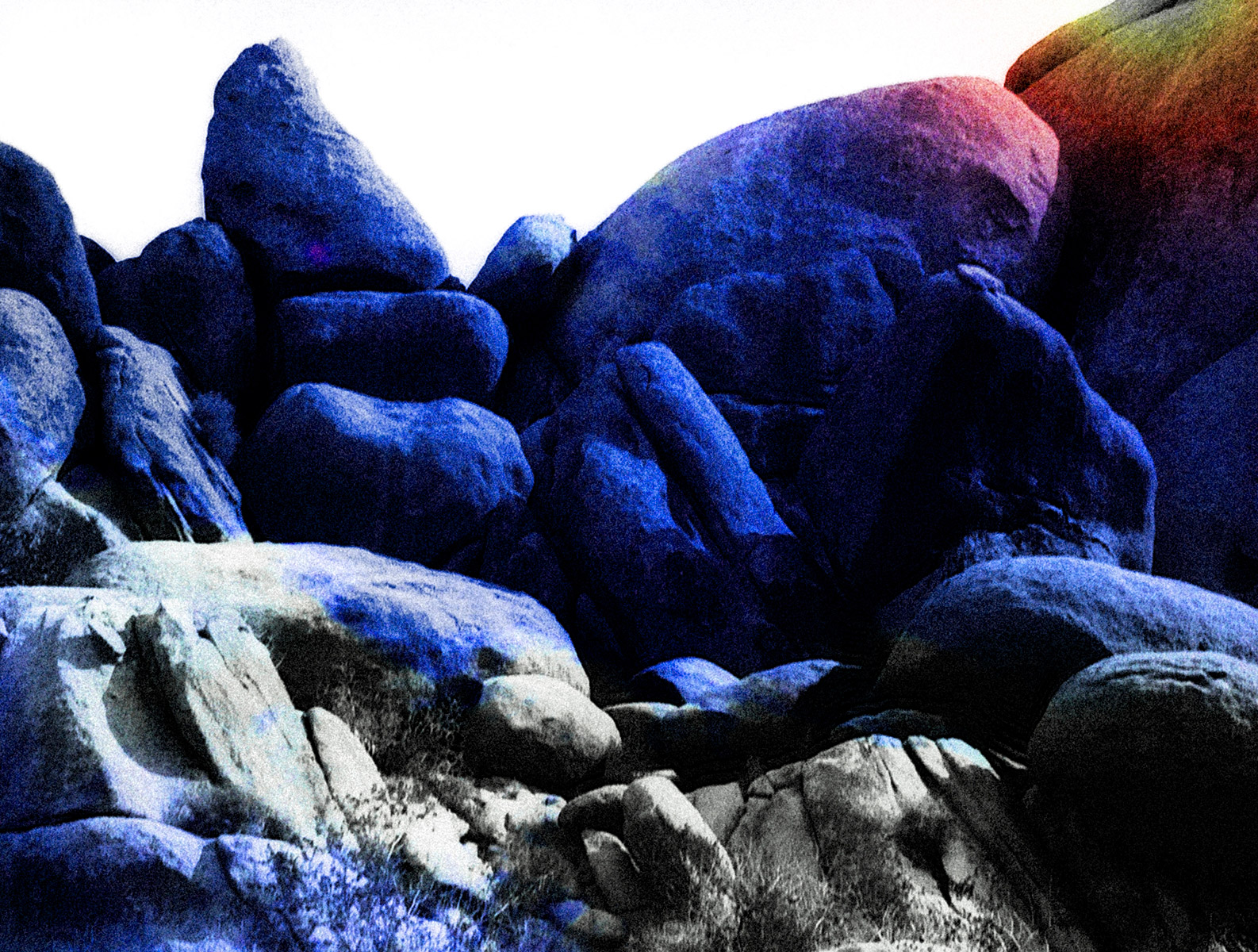
Basma Alsharif, High Noon, 2015, Photography. Courtesy the Artist and Galerie Imane Fares
Q: In High Noon (2015), you poetically combine complex issues of time and a sense of not belonging anywhere. Do you see yourself in this work, given your background as a Palestinian and an artist?
Yes. I see humanity not understanding that we are standing on the world upside down and that (to rip off Alan Watts) “the definition of a human being is where you look from”.
Q: Within the images, you have presented scenes of nature in quite an unrealistic manner, in terms of colouring. Can you explain why you decided to apply vivid and intense colours?
I think our perspective always influences or taints the way we see the world for better or for worse and I think we understand reality better when we step outside of it.
Q: We are living in interesting times where there is a shift in realising, documenting and displaying the existence of transnational, non-Western modernities, as evidenced by recent exhibitions, publications, and discussions on national and international levels. What are your thoughts on this important development of how we reanalyse history?
FINALLY! It’s about time and there is still much work to be done.
Q: Finally, what are you personally looking forward to at the 2018 edition of Art Dubai?
I really like the programme of talks that are done at Art Dubai and look forward to the 2018 edition of speakers!
